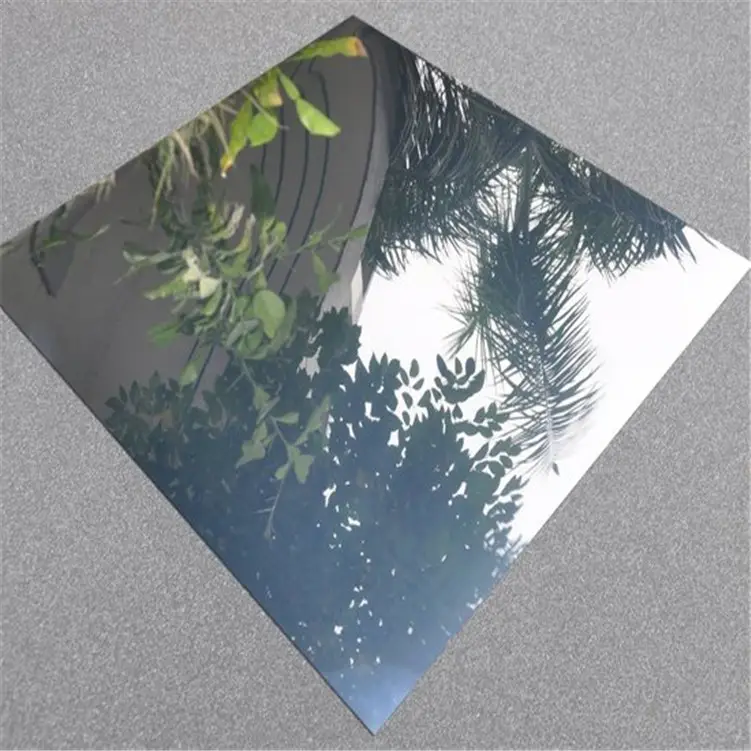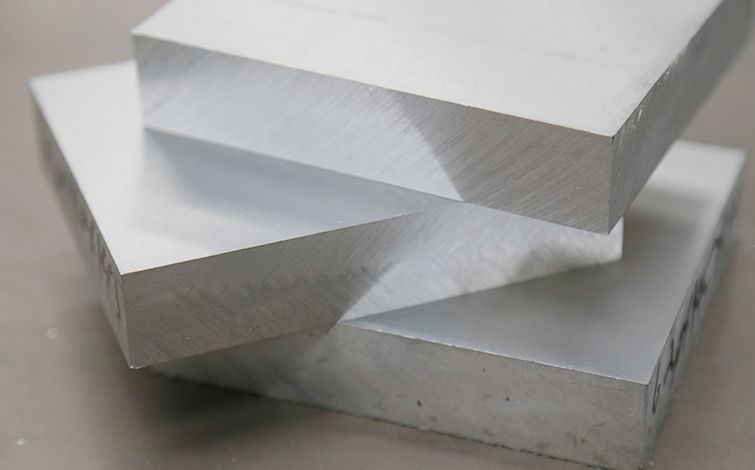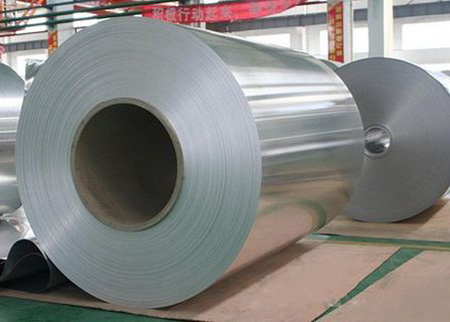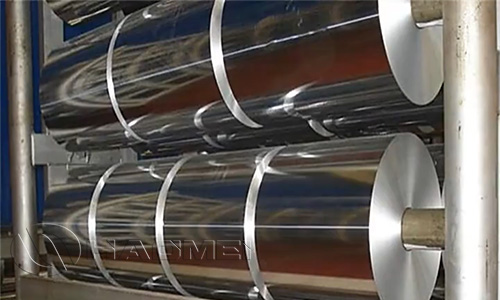



The surface treatment of aluminium alloy sheets is a mechanical and chemical treatment that forms a protective layer on the surface of the product to protect the body. It can be used in nature to achieve a stable state, increase the corrosion resistance of the aluminium alloy body and increase the aesthetics of the product, thus increasing its value. The choice of the type of surface treatment of the aluminium sheet and aluminum alloy plates must first be made from the point of view of the use of the environment, service life and human appreciation, but of course the economic value is also the core of consideration.
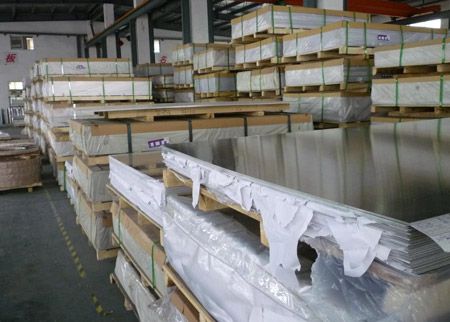
(1) The problem of ageing
Age-hardening treatment is the most important heat treatment for aluminium alloys, and is an important way to improve the organisation and performance of the alloy. After the heat treatment of aging alloy, in solid solution and recrystallization 5-6 times higher strength, eliminate the compressive residual stress, and alloy aluminum plate elements become uniform. 6063-T5, 6063-T6 aluminum alloy profiles must be after aging treatment. Without aging treatment of some ministry extrusion profiles, oxidation coloring occurs after the grey patch or parts can not be colored, the scrap rate is high, it is not uniform microstructure, residual stress and other factors of elemental segregation. So this is no good without ageing treatment. The temperature and time of the ageing treatment depends on the alloy type, the alloying elements and the content of the change. If not selected properly, these parameters will also lead to differences in the organisation and surface state of the aluminium alloy sheet, thus affecting the quality of the oxide colouring.
(2) Problems with moulds
The surface finish of the mould directly affects the surface condition of the aluminium. We introduce advanced mould line, alloy aluminium plate smooth glossy good, then with this factory or outsourcing processing mould, the appearance quality will be reduced. This is different in spitting, grooving, colour oxidation colouring sense and lustre uneven thickness distribution.
(3) Layering issues
The proportion of alloying elements, clarifiers, the amount of rare earth elements added, casting temperature, such as the lack of science, will cause certain elements deviations, can not form a uniform solid solution alloy or intermetallic compounds, which is due to the coloring material appears not oxidation important reason, is the so-called third stage of resistance, alloy aluminum plate colour difference and colour phenomenon.
* Thank you for your inquiry. Please provide your business needs information so that we can better serve you.
This information can help us assign the most suitable person to solve your problem. We will give you feedback within 1-2 working days.
Related Blog
